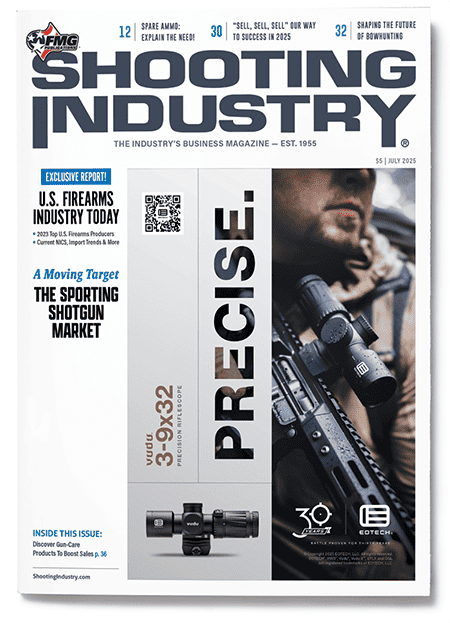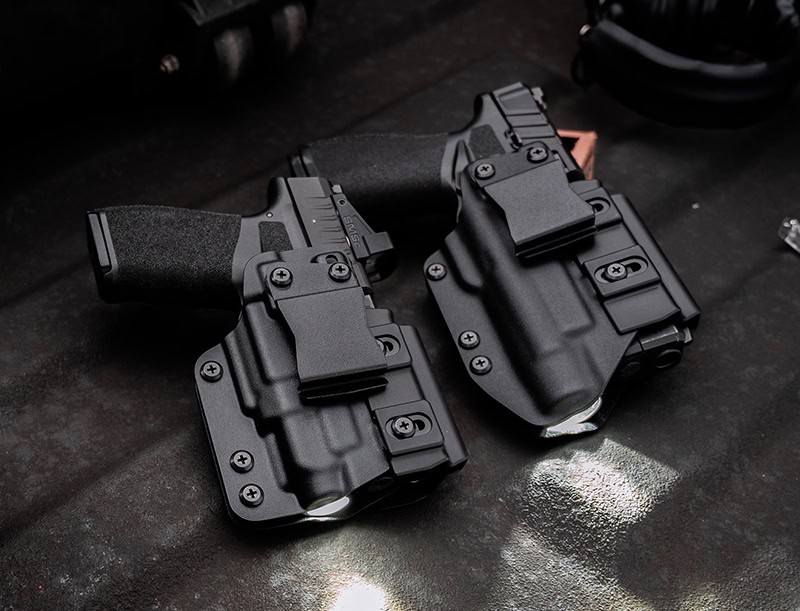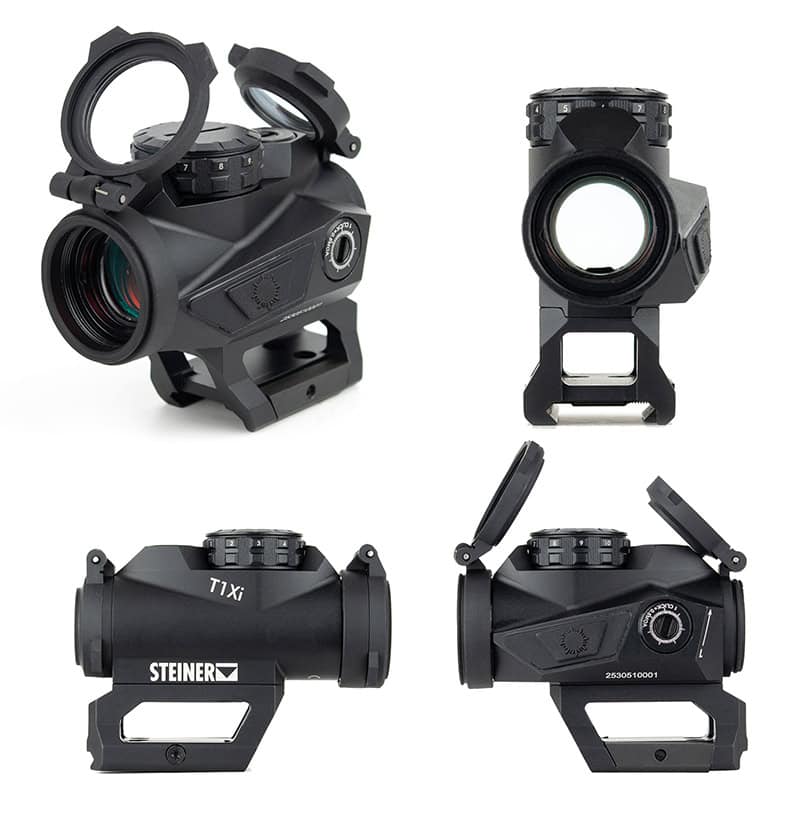“Sell, Sell, Sell” Our Way To Success!
For those of you who are familiar with Jim Cramer — former hedge fund manager and host of CNBC’s “Money” show, “Sell, sell, sell!” is a very common exclamation of his regarding stocks and whether to hold, buy or sell them.
Oddly enough, there are a lot of parallels between this view of stocks and inventorying at the FFL dealer level. There are items we purchase (buy), inventory (hold) and, ultimately, sell. Market conditions will dictate how we make buying decisions, what inventory to increase stocking levels of and which items to get rid of, never to buy again. Good data can help us visualize trends and develop insights to make these critical decisions.
For the body of this article, we will utilize industry data (provided by Gearfire’s RetailBI sales analytics platform) from 2017 to the present day. Looking at the market before the messiness COVID-era sales created will help us determine how best to strategize moving forward.
So let’s take a step out of our normal day-to-day and examine the state of the industry from a lens that might just help us pave the way for a successful last two quarters of the year. We’ll look at the “bullish” (value is improving) and “bearish” (value is decreasing) trends of the industry to help sell, sell, sell our way to success!
Handguns: The Great Consolidation
Handguns are the mainstay of our industry. They sell well year-round, sell in volume and make up the largest percentage of sales our industry creates (roughly 36% of sales volume over the past eight years). Therefore, it makes sense to pay keen attention to this sector as part of your “investment portfolio.” Putting our “Jim Cramer hat” on, where does the industry sit on what to invest in, what to hold and what to sell?
If we look at the handgun calibers that represent the bulk of retail sales, we see an obvious and telling trend: 9mm continues its dominance of sales dollars in our industry. Most other popular calibers are either seeing flatline volumes or strong downward trends, and even in some cases “delisting” level events (sorry, .40 S&W, it’s been a nice ride).
If we listen to the market and let it dictate our inventory planning, it strongly suggests a “handgun portfolio” of 9mm could be up to 65% of your overall handgun investment holdings with .45 ACP, .380 ACP and .22 LR rounding out the remainder.
To think the market has consolidated into four calibers is as interesting as it is making handgun assortment choices far simpler. Will there be a new breakout caliber in this category? History says no, but with roughly 20% of the market being represented by all the other minor players, it’s always worth keeping an eye for the next hot caliber as it would have the opportunity to capture interest.
Next: The Heartbeat Of The Industry (Ammunition)
Let’s spread our wings a bit here and examine the second-largest contributor to sales volume in our industry (19% of industry dollars). Being that ammunition spans all three of our firearm categories — handguns, rifles and shotguns — it makes it a far more diverse sector to invest in and more complicated to design a successful investment portfolio around. Data and history can be our friends here, so let’s dive in …
Like with handguns, we see a rather short list of ammunition caliber/gauges that constitute 80% of the sales volume. The other 20% is largely represented by dozens of other caliber/gauges — none of which constitute more than 1% of the market.
However, in contrast to handguns with its bullish trend in anything 9mm, we don’t see a comparative tilt in the ammunition side of the market. The 9mm ammunition trend line is far flatter than the 9mm handgun line, which might be interpreted as the increase in 9mm handgun sales is through repeat purchases where one customer buys multiple 9mm handguns but because of compatibility doesn’t see a need to buy equitably more ammunition.
As a result, you might suggest 9mm is in the “hold” category — where a retailer should maintain their current stocking levels even considering increased 9mm handgun sales. If we dive even deeper, we can see a bump in recent sales of .380 ACP ammunition, yet the trend line (the dashed line) still suggests a downward trend in this caliber.
What does this represent? It might be as simple as a new model of handgun that has proven popular (looking at you here, Smith & Wesson BODYGUARD 2.0) and created a temporary bump in market sales. .380 should still be watched closely, as sales volume could quickly return to prior decreasing trends should the model of handgun lose popularity or saturate the market.
Third On The Podium
The third-largest category of sales in total dollar volume is rifles. Representing, on average, about 16% of dollars that move through our industry, it is another mainstay category we cannot ignore if we want a properly diversified inventory portfolio.
Here we see a rather flat market for all the secondary calibers in rifles with a very interesting downtrend in .223/5.56’s share of the market. While .22 LR, .308, 9mm and 7.62x39mm all make their mark and solidly qualify as a “Hold” category investment, .223/5.56 suggests not only an alarm bell to “Sell, sell, sell!” down your investment position but hints sales are being conducted elsewhere.
These top five calibers historically represented 80% of the rifle sales volume but over the last year and a half have been losing ground to other calibers. Where does this upside opportunity sit? Where have the sales flowed to? No one caliber stands out from the crowd! Is this a situation of people buying ammo for dozens of legacy calibers that weren’t readily available during COVID? Is there a new kid in town that is scooping up sales? There are opportunities out there for those who can figure it out.
All in all, 2025 is looking to be a pivotal year for the industry and those who can use the past to plan for the future will put themselves in an advantaged position to beat their competition to the punch, readjust their inventory portfolio and “Sell, sell, sell” their way into success for the rest of the year.





